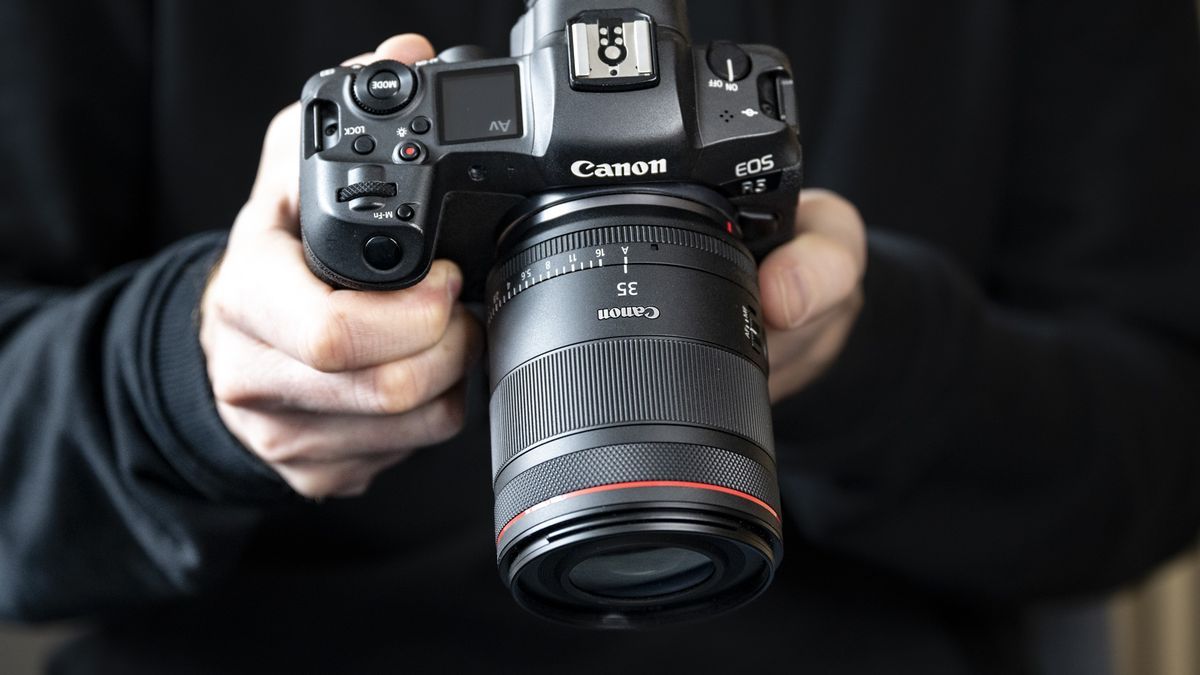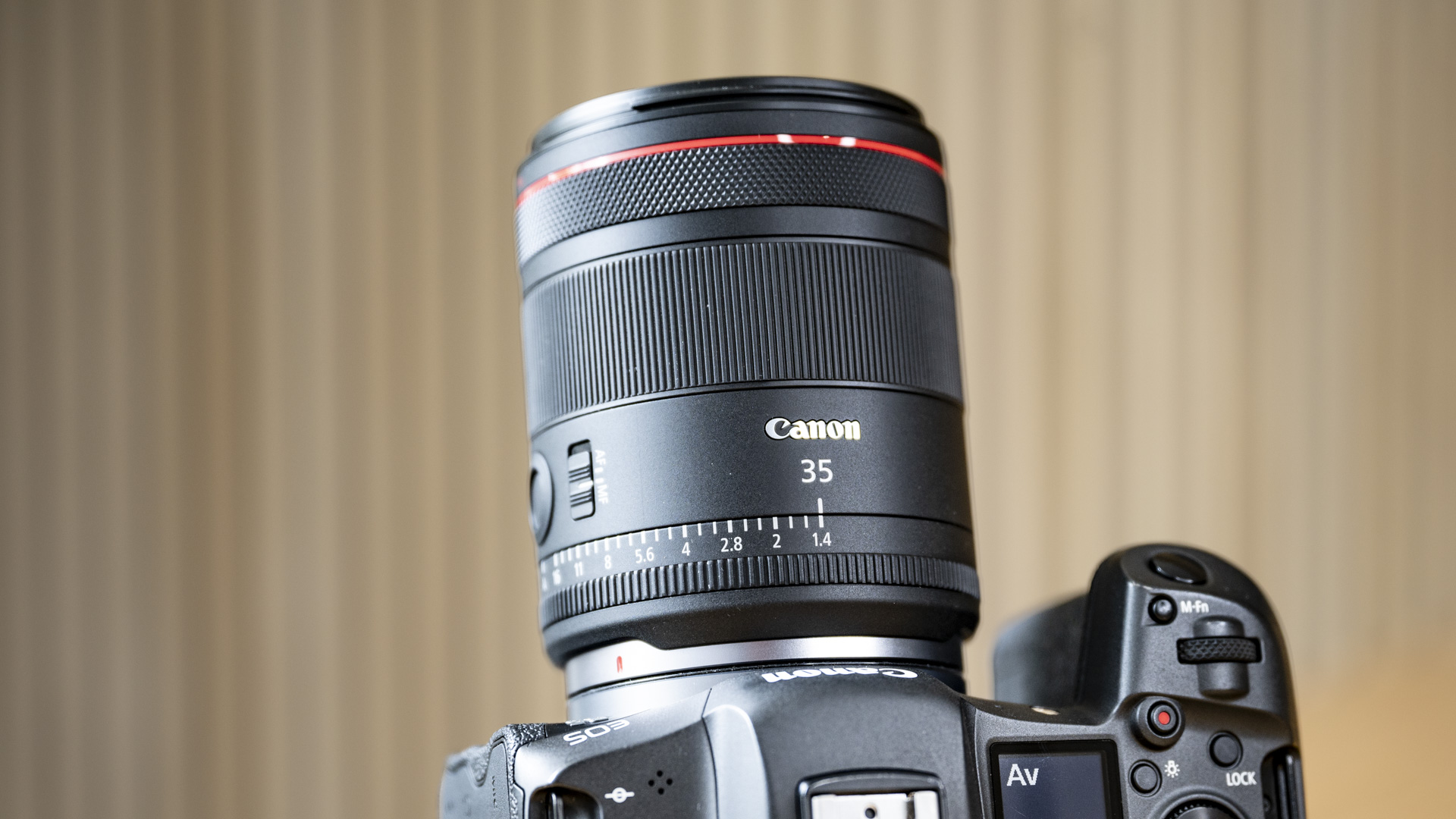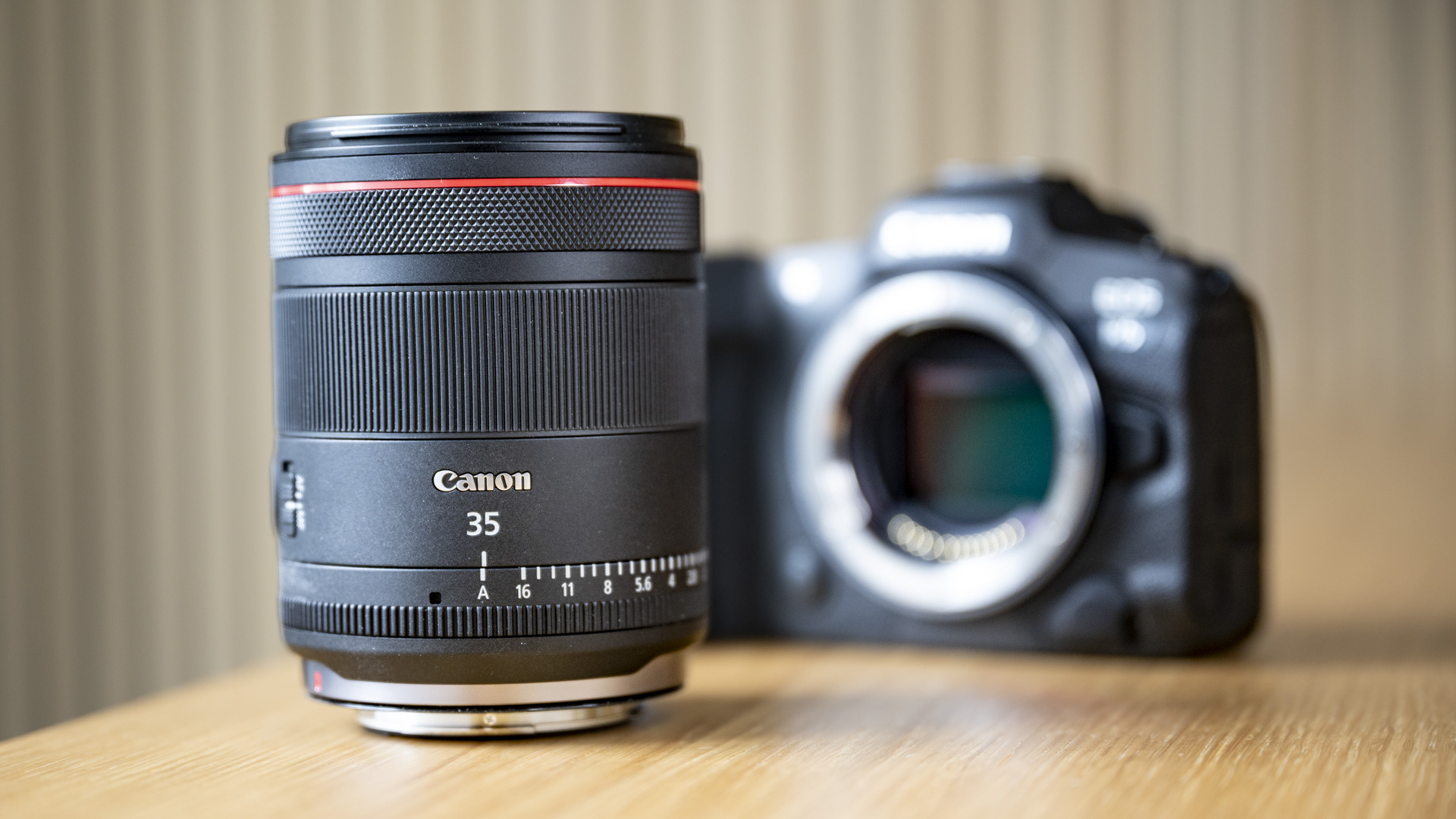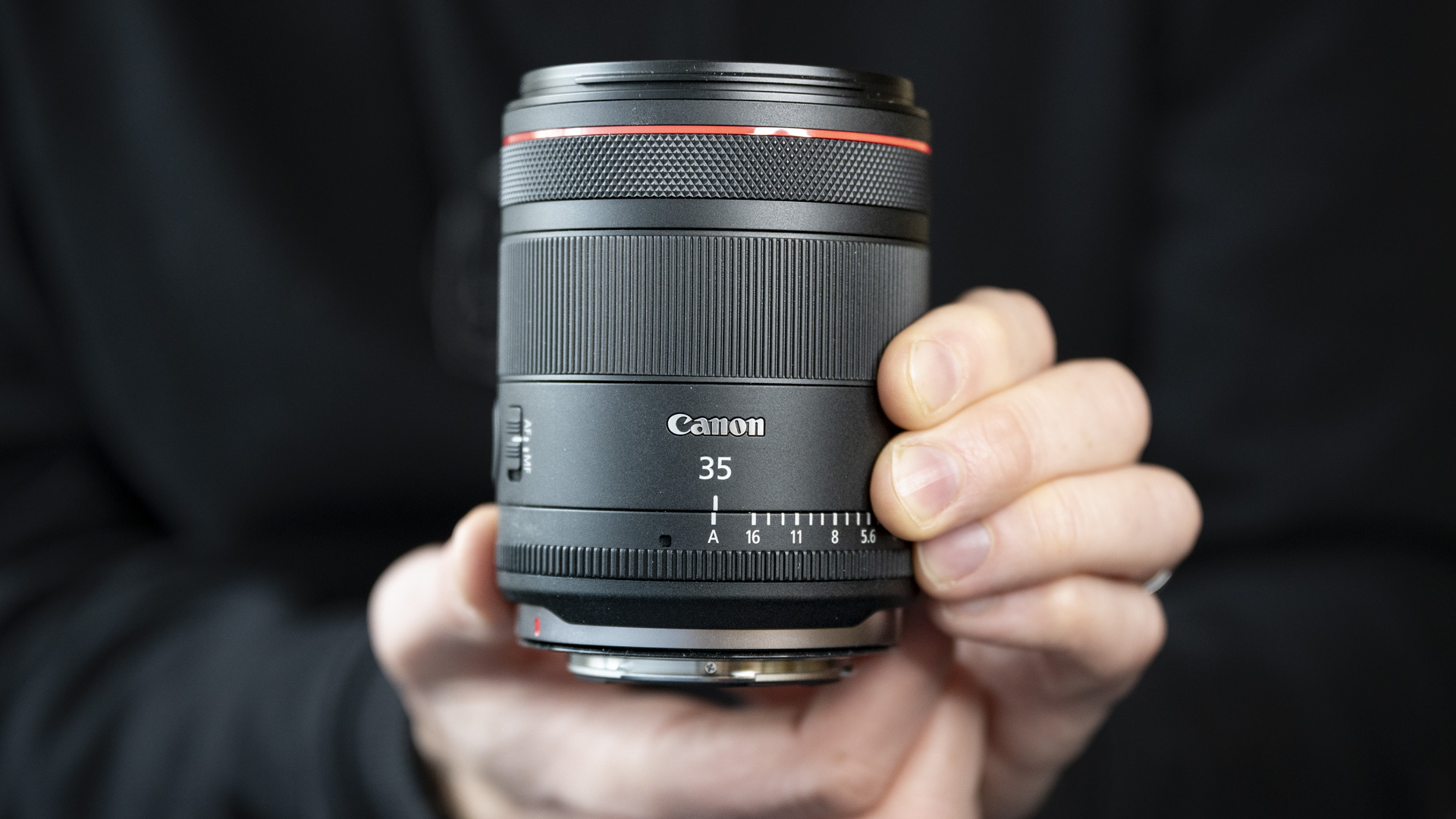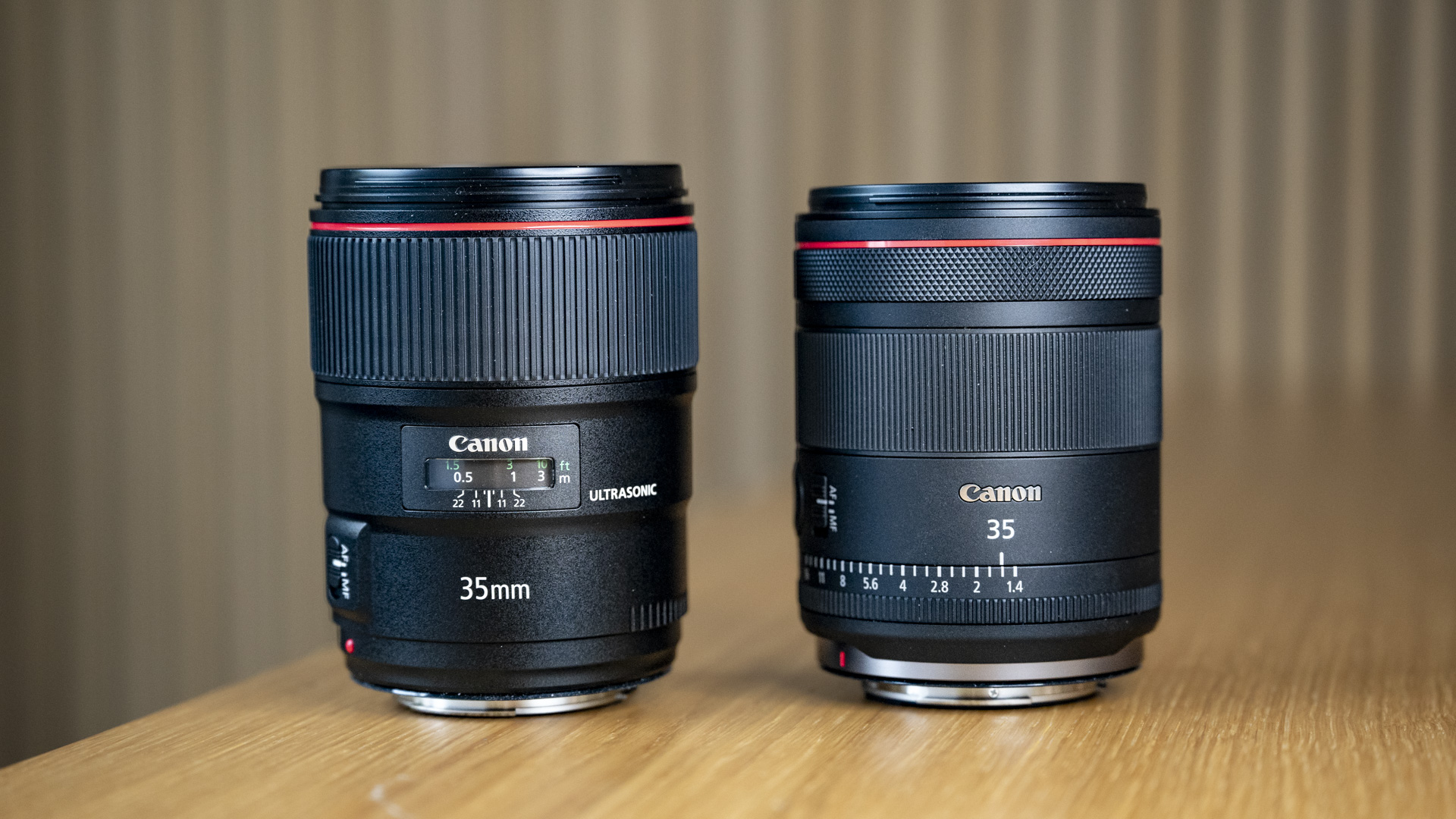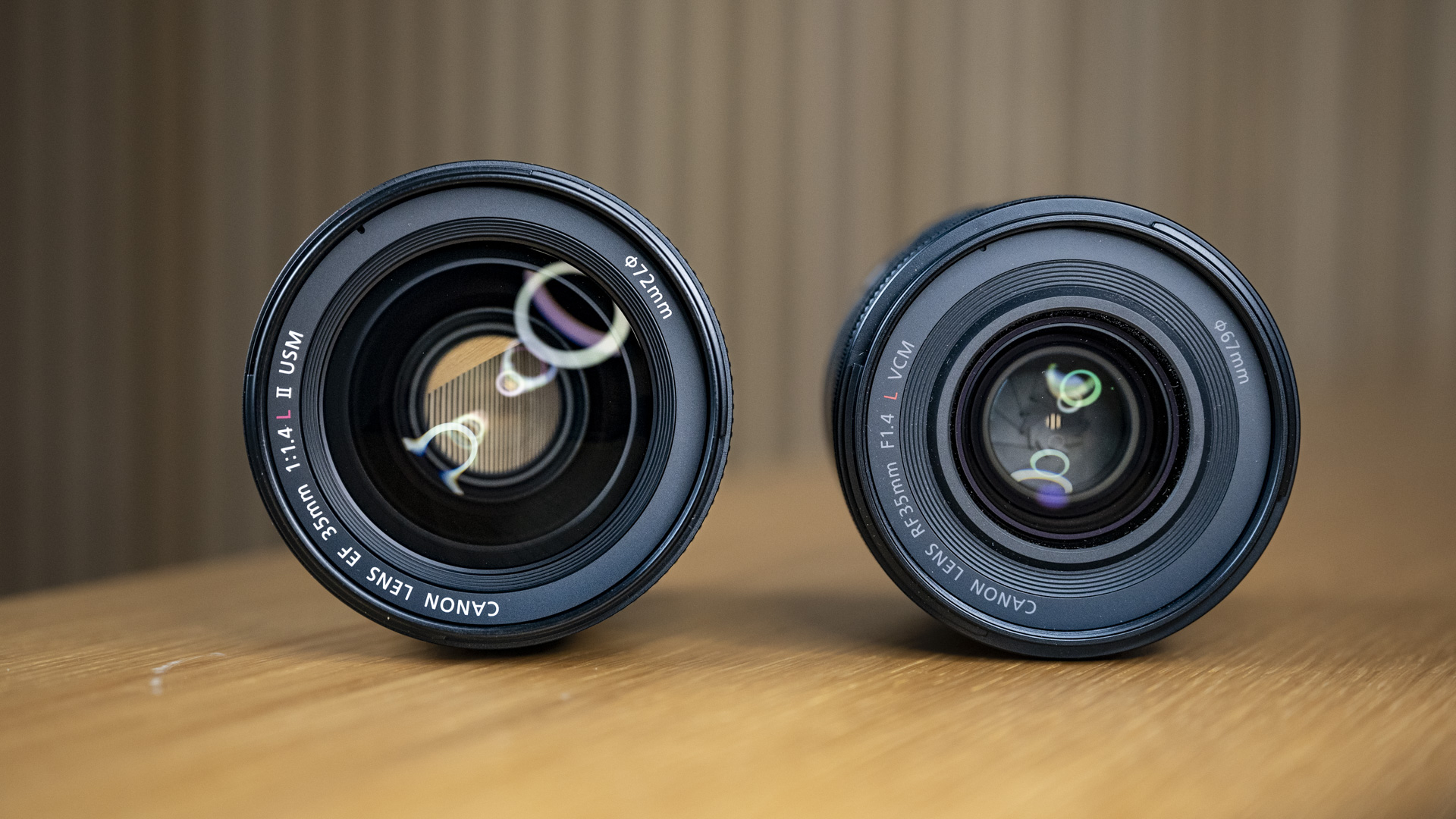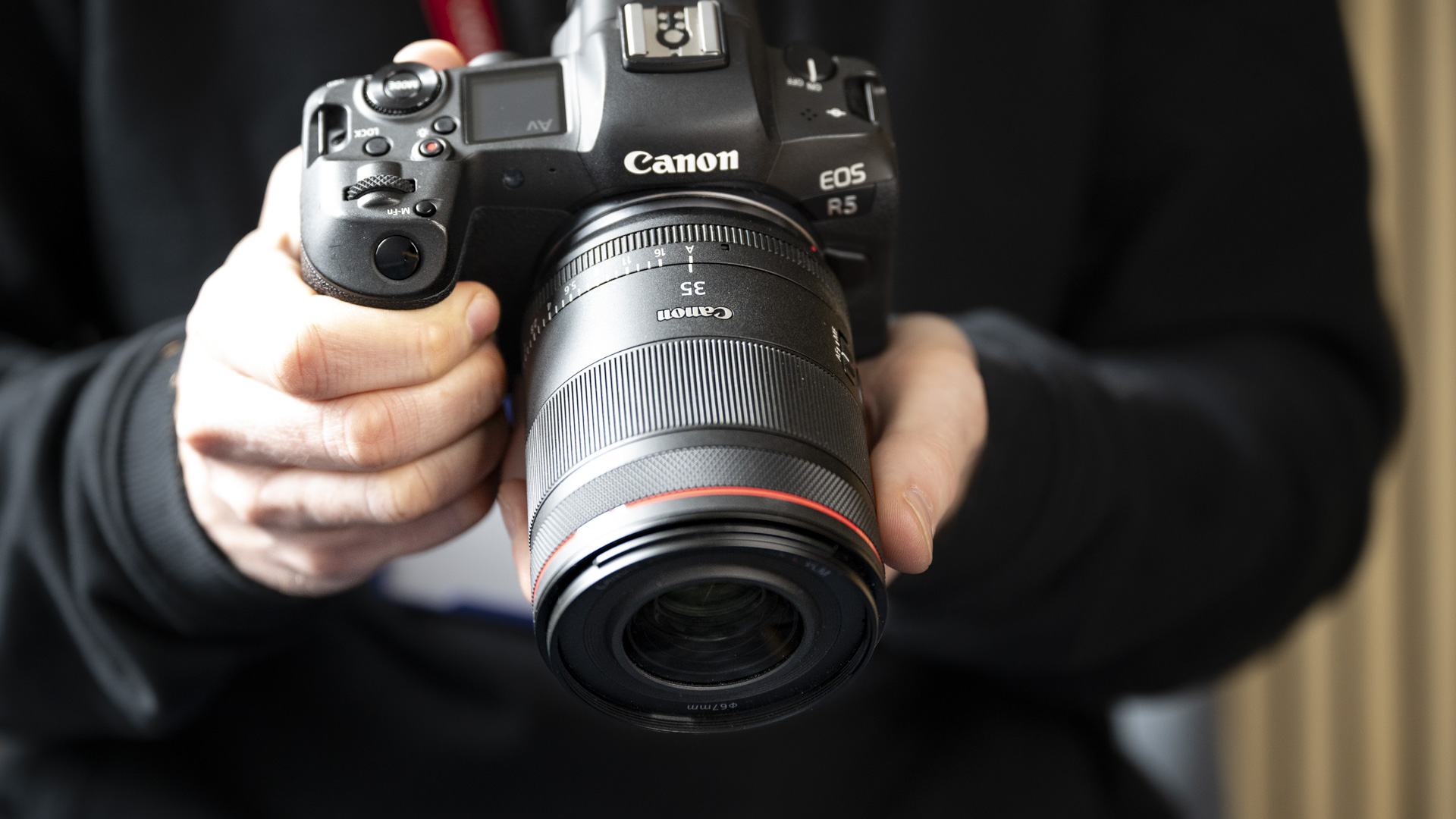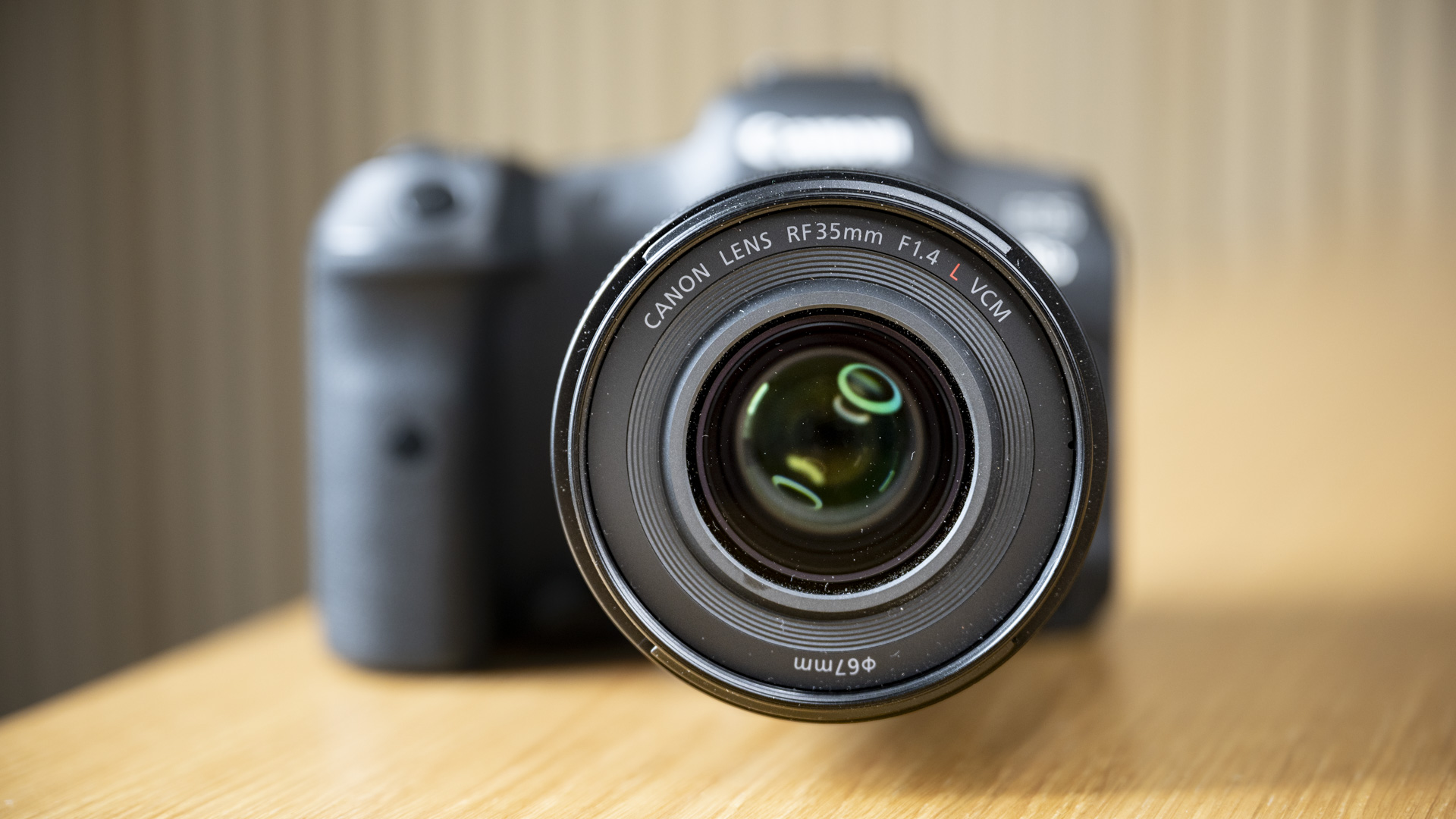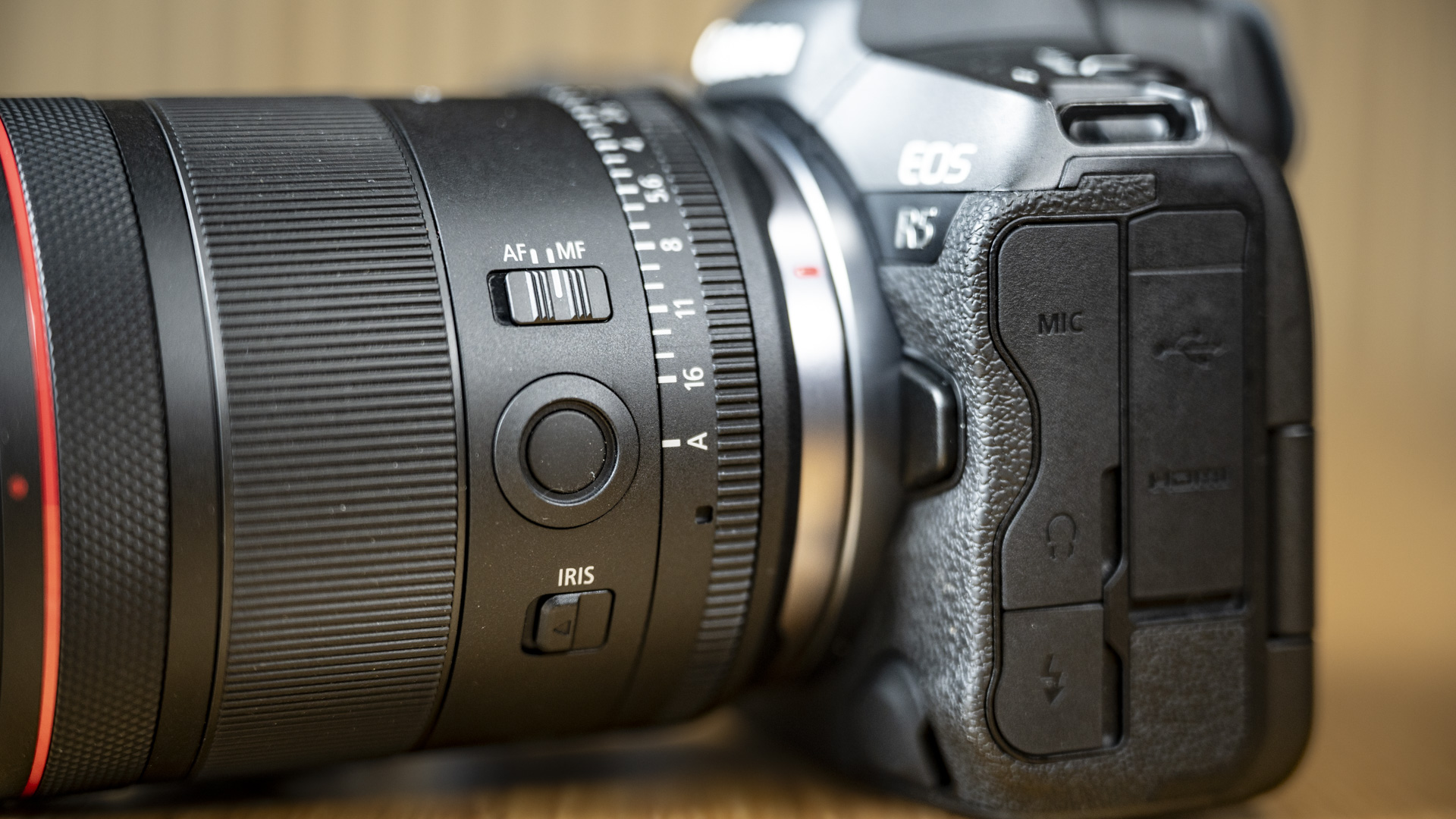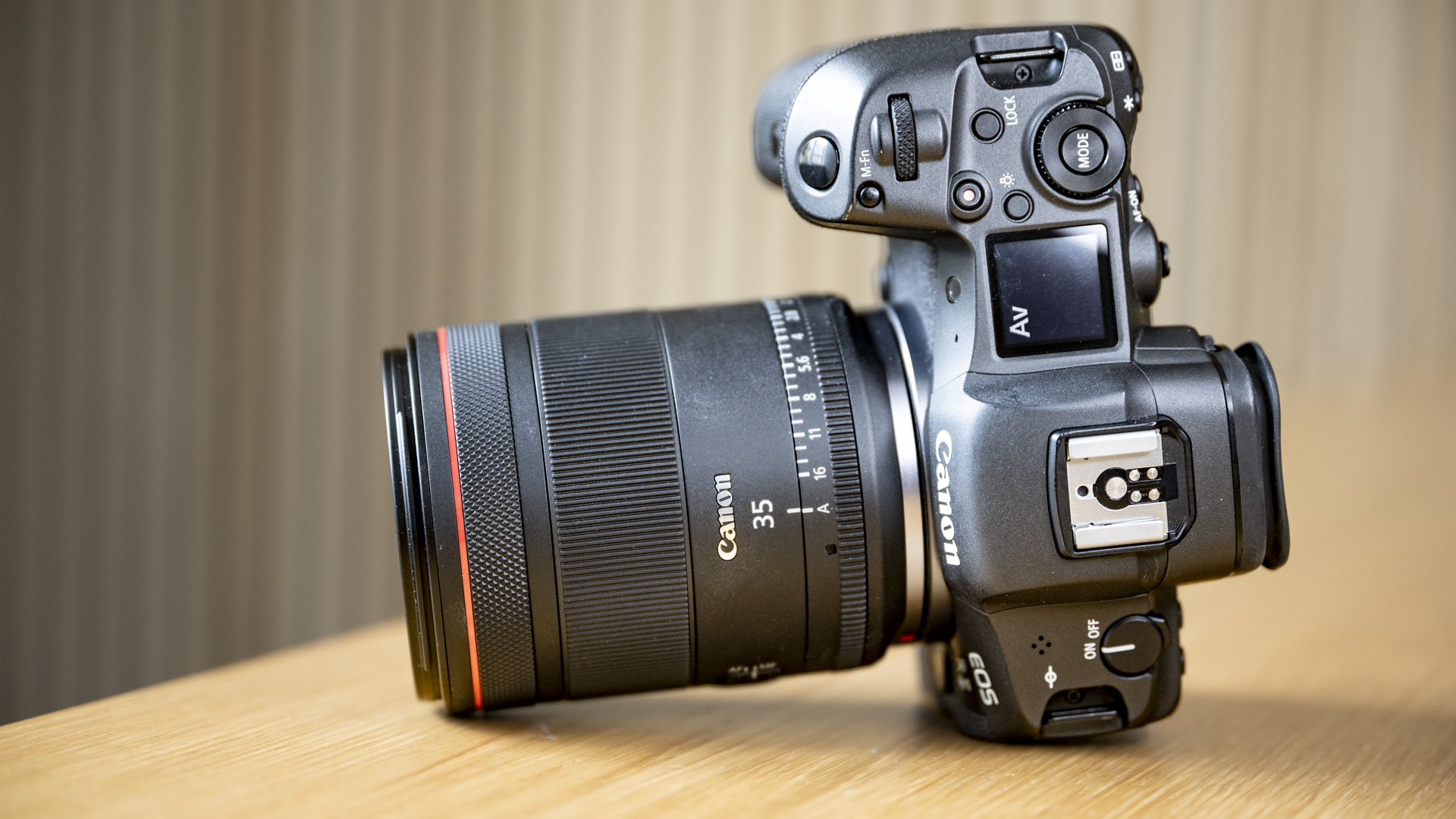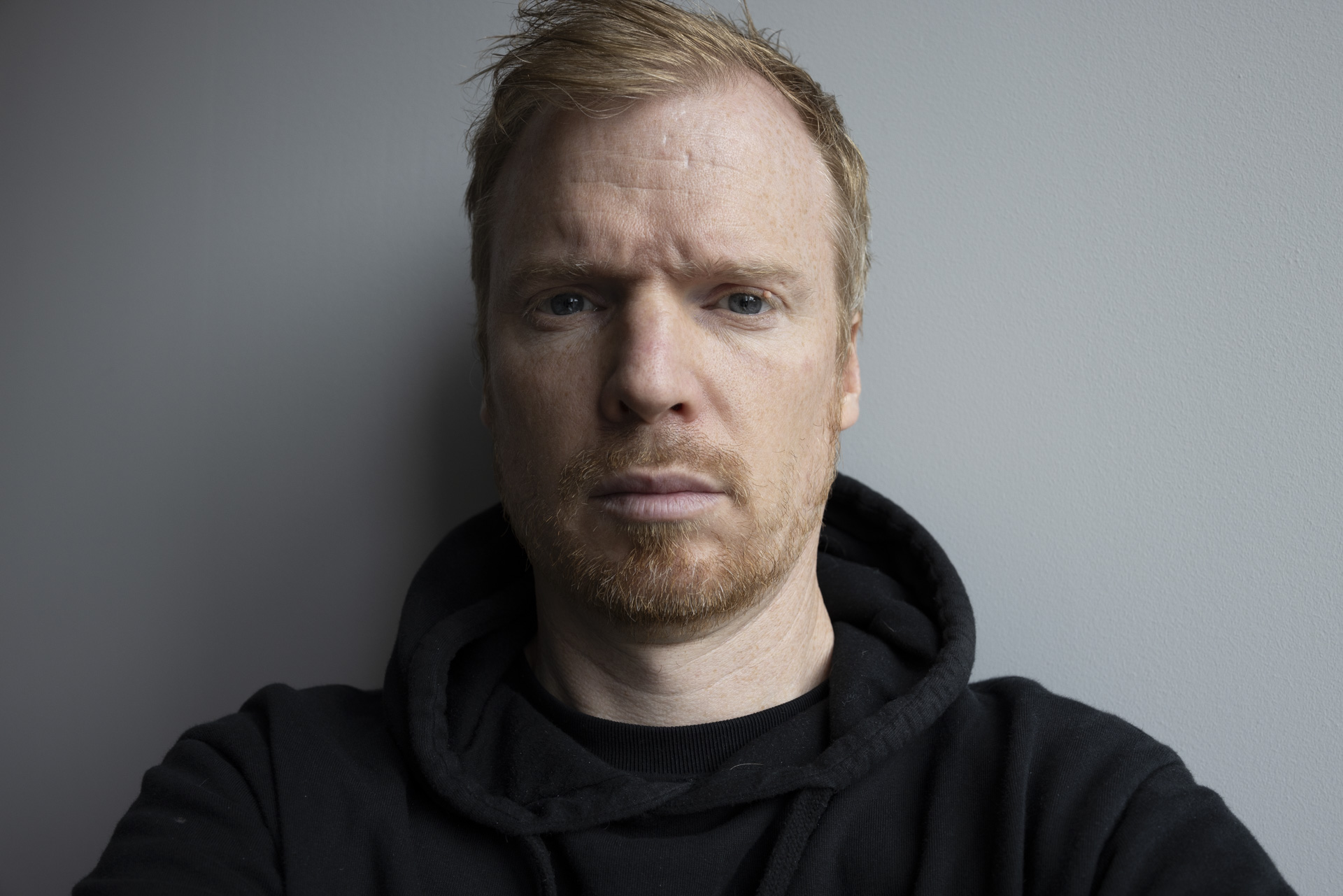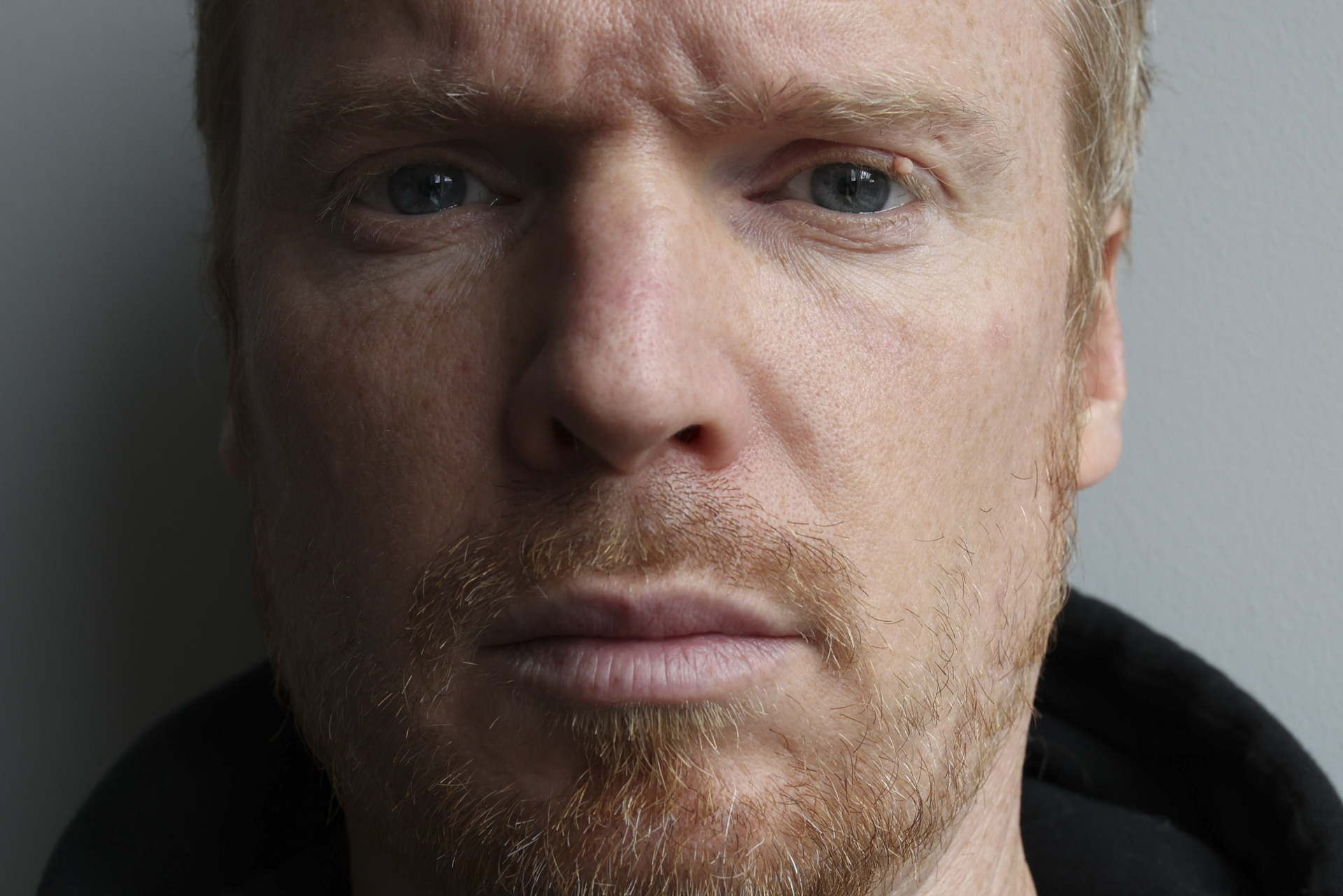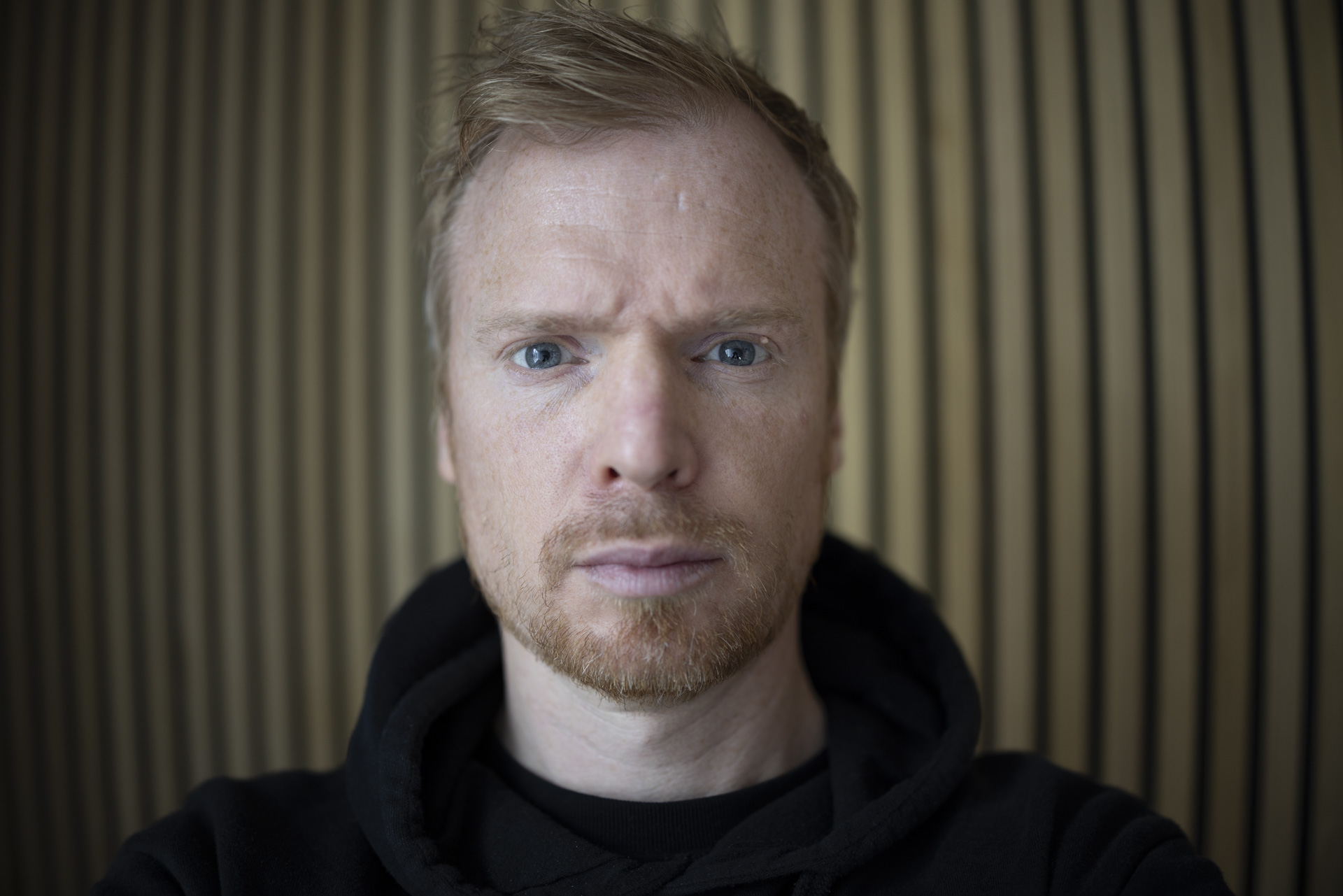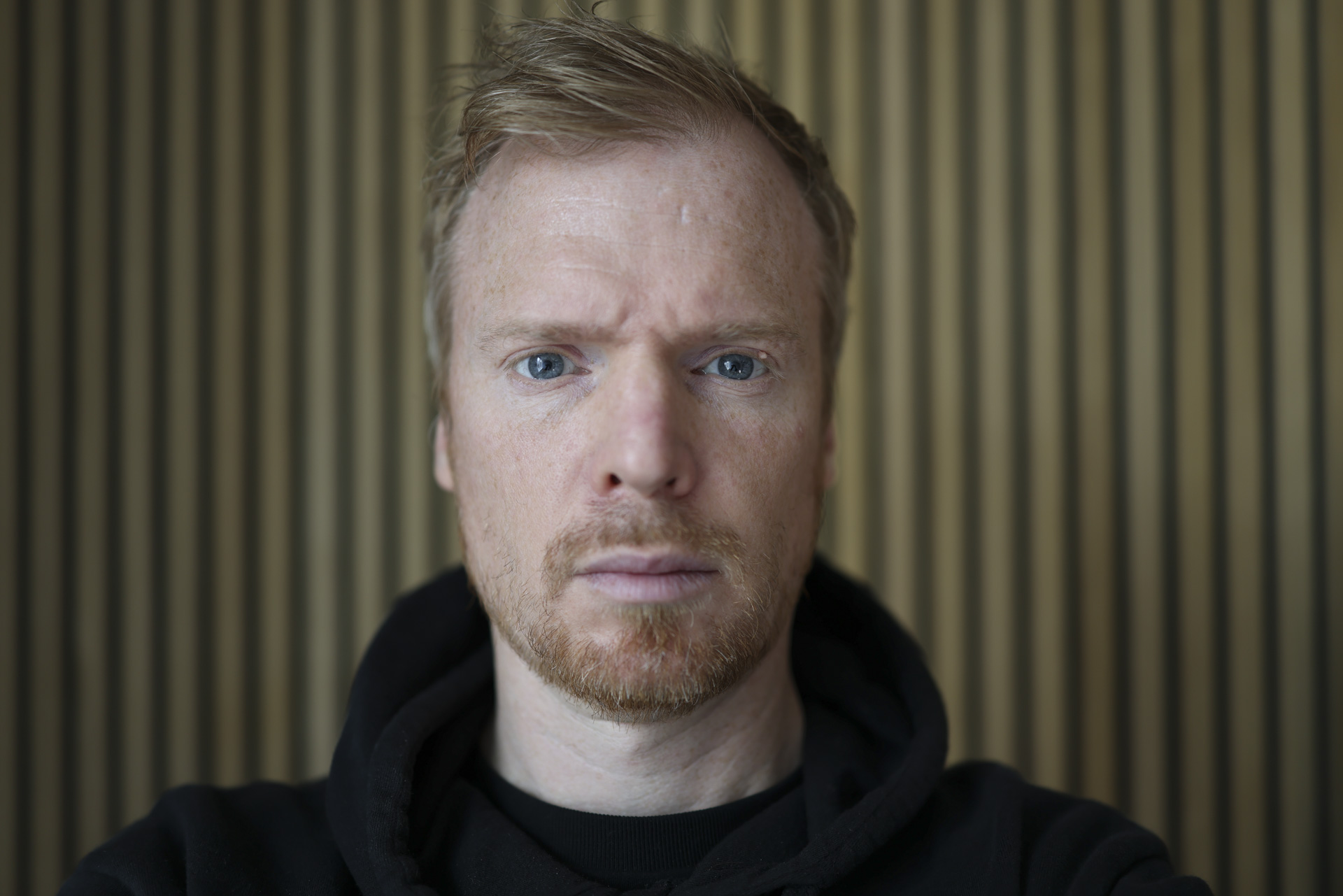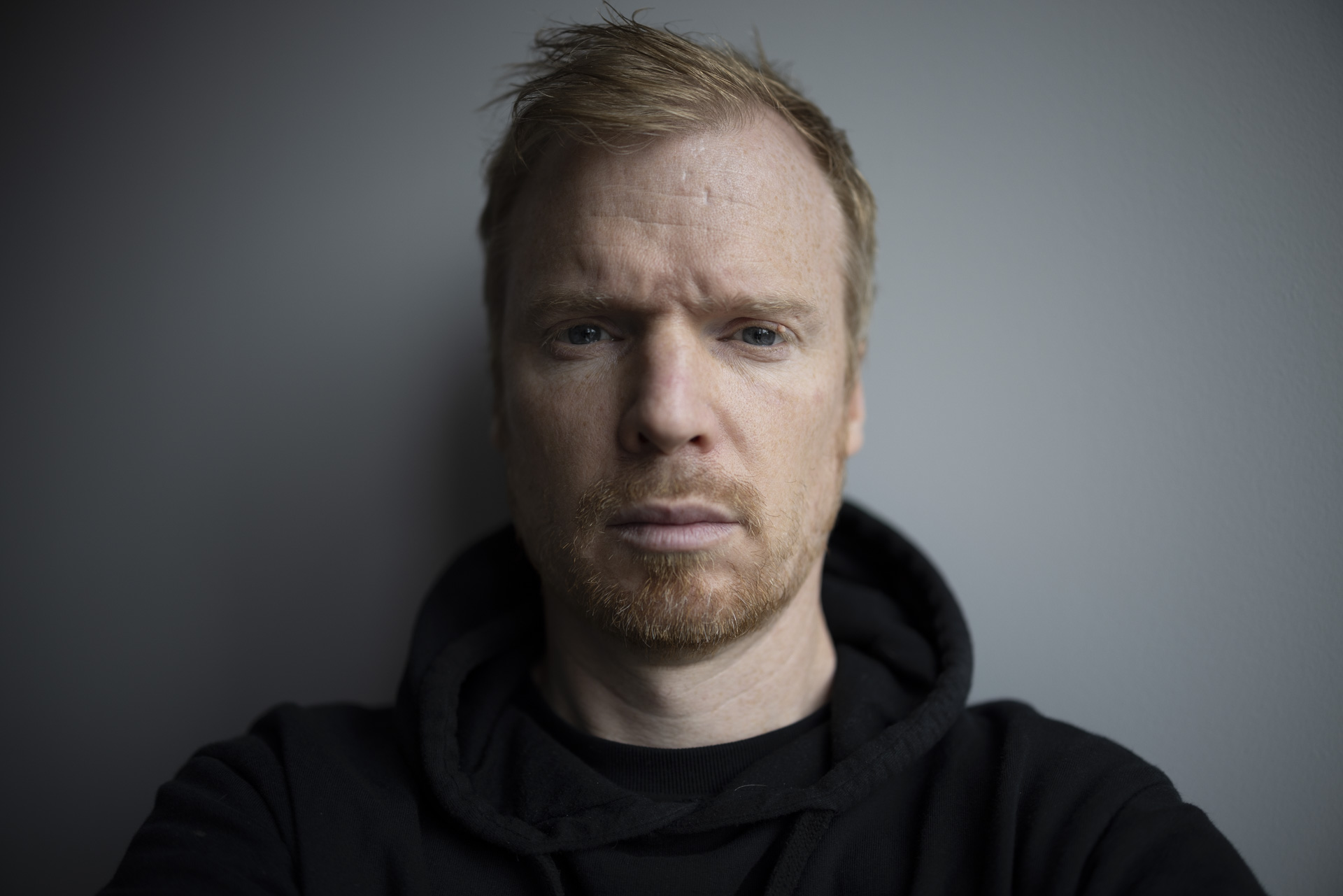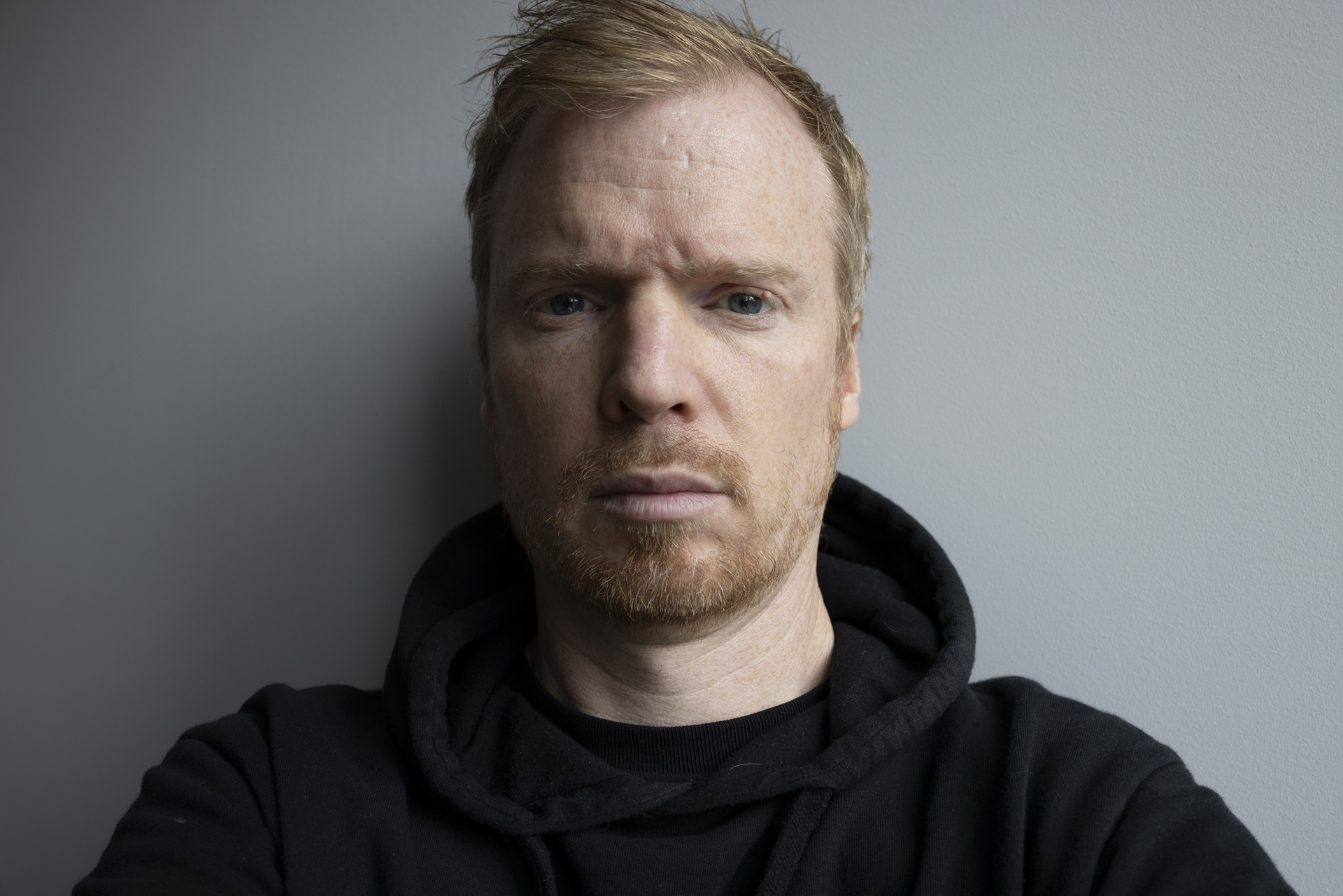Canon has been doing an excellent job of expanding the lens lineup for its mirrorless cameras in a relatively short space of time, releasing innovative optics like the RF 28-70mm F2L USM and entry-level products like the RF 24-70mm f/ 2.8L IS USM.
Until now, however, there was one classic Canon EF-mount DSLR lens that hadn't had the mirrorless treatment: a 35mm f/1.4. That just changed with the introduction of the Canon RF 35mm F1.4L VCM, which brings the total number of RF mount lenses to 46.
The moderately wide focal length is particularly popular for reportage photography: you'll find a 35mm f/1.4 lens in the kit of most professional photojournalists, plus many street, documentary and wedding photographers.
Canon's latest lens is a reimagined and modern Canon EF 35mm f/1.4L USM II, which is a professional lens for Canon DSLR cameras that was released in August 2015. You can see the lenses side by side in images below. I took during a manual test. -on session, in the gallery below.
A lot has changed in camera technology in the almost 10 years between lenses, especially when Canon moved from DSLRs to mirrorless. On the one hand, many of today's professionals work not only in photography but also in video, and the new RF 35mm F1.4 is designed for these hybrid photographers.
In fact, the RF 35mm F1.4 is the second in Canon's new generation of specifically hybrid lenses, following the RF 24-105mm F2.8L USM Z, which was quietly launched in November last year alongside the RF 200-800mm F6.3. -9 ES USM.
As a hybrid lens, the RF 35mm F1.4 is ideal for stills, but it also offers video-specific features that you don't get with regular Canon mirrorless lenses, such as a smooth aperture ring (which unfortunately only works for video on this lens). ).
During the product briefing, Canon told TechRadar that the RF 35mm F1.4 precedes a number of other RF lenses in the works that will include an aperture ring, echoing long-established design practices by Canon. Sony for lenses like the Sony FE 16- 35mm F2.8 GM II.
Sales of the RF 35mm F1.4 will begin sometime in July and the list price is $1,499 / £1,819 (Australian price TBA). That's a good amount of money for anyone, but it's actually a bit cheaper than the Canon EF 35mm f/1.4L USM II, even though the DSLR lens is almost 10 years old.
We've already had a brief hands-on experience with the Canon RF 35mm F1.4L VCM, so what are our first impressions?
What is the Canon RF 35mm F1.4L VCM like?
Canon has already given us the RF 35mm f/1.8 IS Macro STM, and that lens will arrive shortly after the launch of Canon's new mirrorless camera system in 2018; but the RF 35mm F1.4L is a completely different proposition to that budget everyday lens.
This is a dust- and weather-resistant lens that many professionals have been craving, with a really fast maximum aperture of f/1.4 and an 11-blade aperture for smooth bokeh.
It's built with 14 elements in 11 groups, including two UD and two aspherical elements, and is designed to improve balance, unlike DSLR lenses that are often front-heavy. At 19.5 oz/555g and an evenly distributed weight, the RF 35mm F1.4 feels great in the hand with a camera like the Canon EOS R5 (see below).
It's slightly smaller and lighter than the EF-mount version, with a smaller 67mm front filter thread and a sleek rear filter holder, plus you get up to seven stops of image stabilization when the lens is paired with an EOS R camera. with integrated camera. Body image stabilization, such as the EOS R5 and EOS R6 II.
There's some new lingo to learn here too, namely VCM, which stands for voice coil motor. This is a more powerful autofocus motor that works in conjunction with the USM motor, shifting the heavier lens elements for fast and quiet autofocus, and I was impressed by how fast and quiet the autofocus operated. the new lens.
One thing I can't fully comment on at the moment is the image quality, although I did take the only full production sample of the lens in the UK to take the self-portraits you can see in the galleries below.
When the subject is well focused, the details are really sharp, whatever the aperture. I don't see a dramatic change in lens sharpness for the in-focus areas of f/1.4 at a typically optimal aperture of f/5.6 for a lens like this. You can see a full-size image and then the close-up to get an idea of the sharpness of the f/5.6 lens above.
I also took the same photo at all maximum apertures and with all lens corrections disabled to get a quick idea of any possible imperfections in optical quality.
From those brief tests, looking at the uncorrected raw files shows noticeable barrel distortion (see the uncorrected photo along with the corrected JPEG, below), as well as moderate vignetting at f/1.4.
Vignetting decreases as you close the aperture until it virtually disappears completely at f/5.6 (see comparison between f/1.4 and f/5.6, below), although in images not taken against a smooth background you won't notice it. vignetting beyond f/2.8. I always emphasize that there is little reason to turn off those in-camera lens corrections when using a real lens, and as you can see from the corrected JPEG, vignetting and barrel distortion are negligible with those corrections applied.
In addition to those tests, Canon told me that the RF 35mm F1.4 is sharper in the corners and has less focus breathing than the EF equivalent.
Based on just my brief time with the RF 35mm F1.4L VCM, it looks like another win for Canon, and one that many pros will take advantage of.

